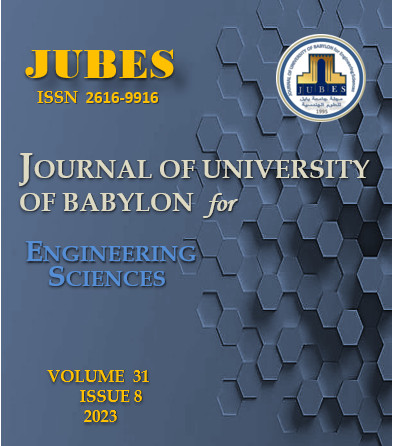Removal of Organic Pollutants from Wastewater by Column adsorption process using Corncob activated carbons as adsorbents
Main Article Content
Abstract
This study focuses on using corn biomass-derived activated carbon to remove benzene and toluene (BT) from water, pollutants that are commonly found due to human activities and accidents like oil spills. The study explores cost-effective adsorption techniques and tests the activated carbon in a continuous fluidized bed column. Toluene is better adsorbed due to its lower solubility. Optimal conditions were identified: 10 cm bed height, 15 mL/min flow rate, and 30°C temperature. According to the breakthrough curve, the maximum adsorption capacity was 0.1447 and 0.15643 (mg/g) with total removal efficacies of 46.72% and 44.894% for benzene and toluene, respectively. The study shows the potential of this method for efficient BT removal, offering insights for water purification and environmental cleanup.
Downloads
Article Details
Section

This work is licensed under a Creative Commons Attribution 4.0 International License.
